Repair of washing machines
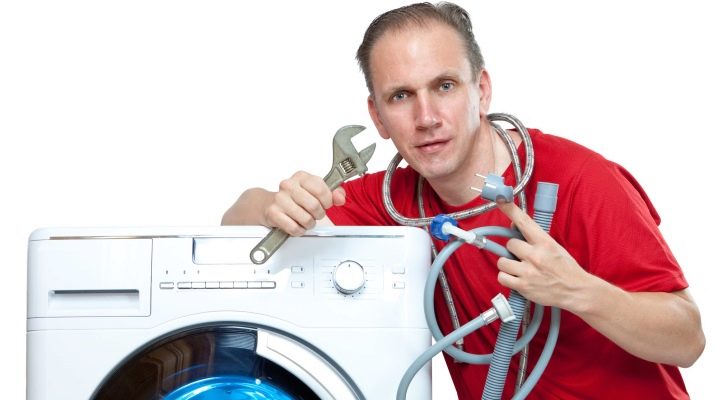
Self-diagnosis of household washing machines, their repair, even in modern conditions, are quite relevant. Having figured out how to fix the door handle at home or start the water supply with your own hands, you can perform the necessary manipulations without resorting to calling specialists. Step-by-step instructions will help you understand what to do if the automatic machine broke down not due to a manufacturing defect, but due to wear or other malfunctions.
What tools are needed?
There are automatic and semi-automatic washing machines in almost every apartment today. Their standard service life varies from 5 to 10 years, and during this period it is sometimes necessary to change some parts. Not all types of repairs can be done at home.
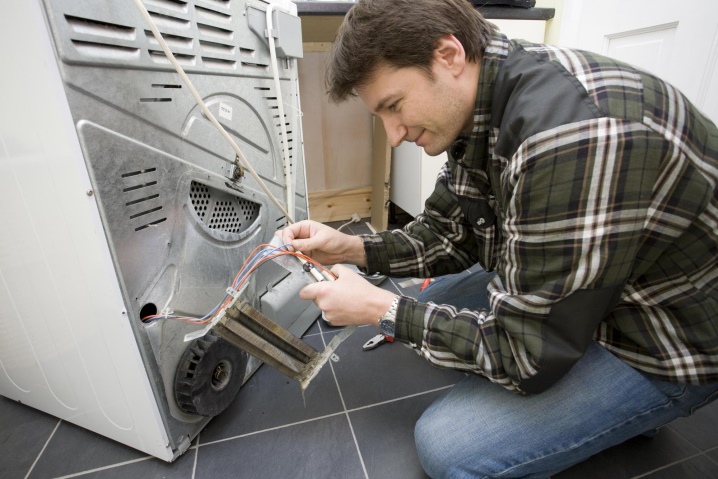
Moreover, while the equipment is under warranty, it is better to deal with any breakdowns to a specialized service center, and after this period, proceed to self-diagnosis and repair.
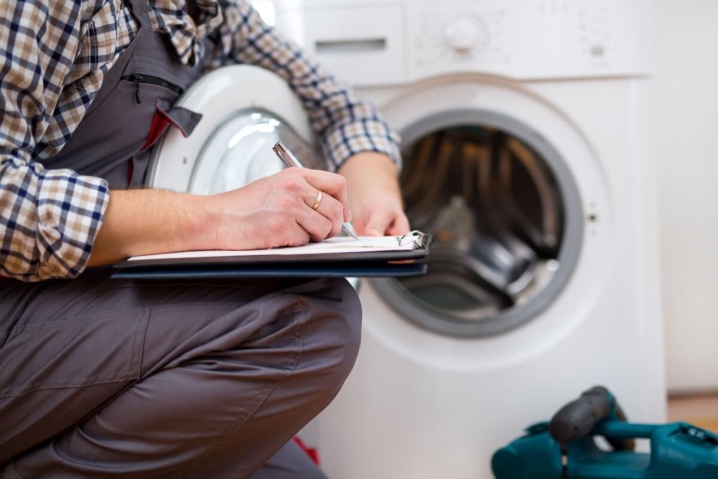
To carry out the work, you will need a minimum a set of tools and materials.
- Screwdriwer set. Both slotted and cross-shaped handpieces of different sizes may be needed.
- Open-end wrenches... You will definitely need tools in sizes 8/9 and 18/19.
- Mites... You will need them to use the self-tightening clamps.
- Pliers and pliers... With their help, clamping and biting of consumables or fasteners is carried out.
- Headlamp for work in hard-to-reach places.
- Long nose pliers with straight and curved type of work surfaces.
- Tweezers with long tips. With its help, it will be possible to extract even the most difficult to access parts.
- Multimeter to check the health of the electric motor.
- Special service hook. With its help, large parts are hung out, including the drums of washing machines.
- Sandpaper for cleaning contacts.
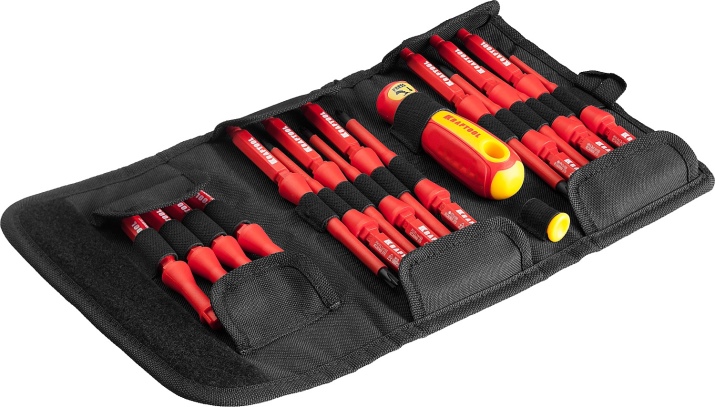


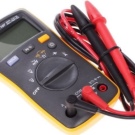
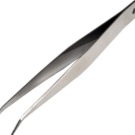
With this set of tools, you can make basic repairs to washing machines of most brands. In addition, the manufacturer may include in the equipment delivery set various replaceable elements that may be needed during operation.
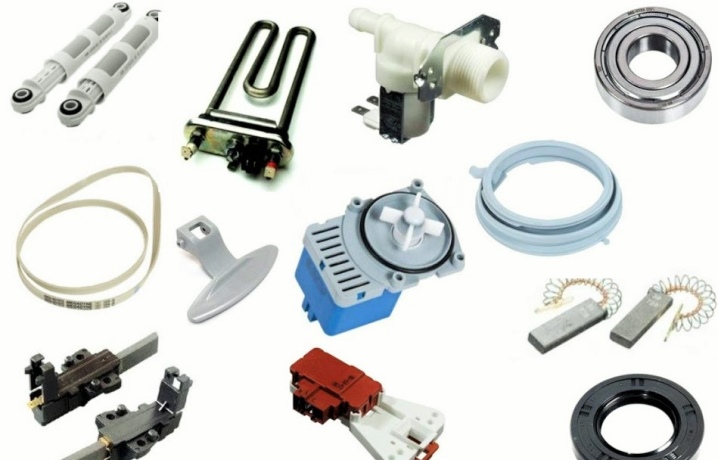
What if the wash does not start?
The basic set of malfunctions of automatic washing machines, which can be eliminated on their own, is usually considered to start with the simplest ones. Many breakdowns of modern technology can be repaired. It is only important to carry out diagnostics in a timely manner in order to identify the reasons why the machine needs to be repaired. Almost all types of household appliances are front-loaded, and the features of individual models are listed by the manufacturer in the accompanying instructions.

If the washing machine does not start, it is broken. But most often it is possible to repair the malfunction that has arisen with a minimum amount of time. Among the sources of problems are:
- lack of electricity throughout the house / apartment / outlet;
- actuation of the fuse button on the extension cord through which the connection is made;
- unplugged power cord;
- loosely closed loading hatch;
- mistakes in choosing a program.

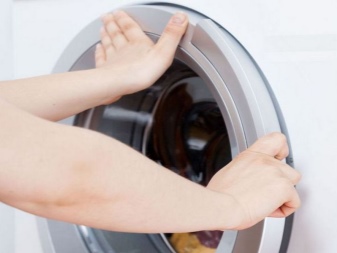
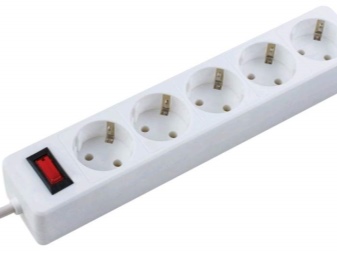

In this case, diagnostics always begin with checking for the presence of power. If at least part of the indication lights up on the display, the problems are clearly not with the input voltage. If there is no reaction to attempts to turn on the washing machine, go to step-by-step diagnostics. Using a multimeter, measure the voltage in the outlet, examine the terminals and switches.

If the washing program does not start, while the display is working properly, you should pay attention to the water supply. If it does not enter the tank, it is unlikely that it will be possible to achieve regular operation of the equipment. It is necessary to check the permeability of the hose, the presence of water in the system. The inlet valves must also be checked.
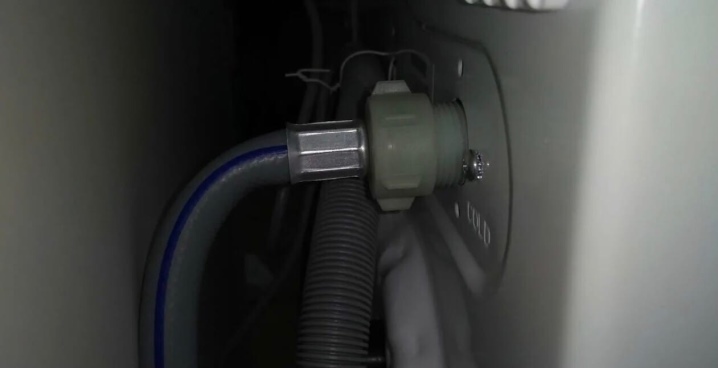
If the machine has a mechanical time switch, it can also become an obstacle to starting the washing program - it is imperative to check the serviceability of this element.
Why is water not being collected and how to solve the problem?
Among the breakdowns of washing machines that you can fix yourself, problems with the water supply are in the first place. If it is recruited slowly or does not enter the tank at all, and the valve is not closed, the hose is in order, it is worth paying special attention to other possible sources of malfunction.
- Reduced water pressure in pipes. It may be associated with work on the highway, with leaks or other external factors.
- Blockage... Most often, dirt that blocks the free flow of water accumulates in the inlet filter or inlet hose. Diagnostics can be carried out by shutting off the water supply with a valve. Then you need to disconnect the hose from the machine, restore its patency using a special cable. Then the inlet filter is removed and rinsed under pressure.
- Intake valve breakage. If the cause of the problems is precisely in it, only the replacement of the part will help to eliminate the malfunction.
- Breakdown of the pressure switch. Under this name, a water level sensor is used in washing machines. If it was he who caused the problem, you will have to replace it. But first, it is recommended to check if the tube is clogged. Oxidized contacts can also be a source of problems.
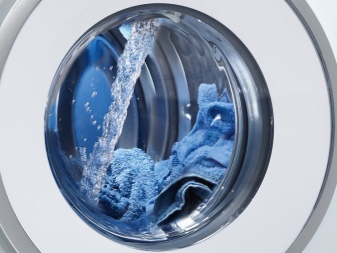

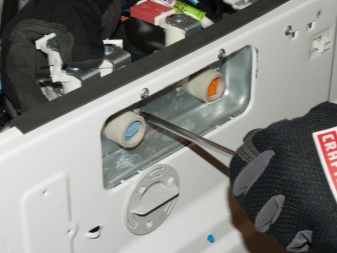
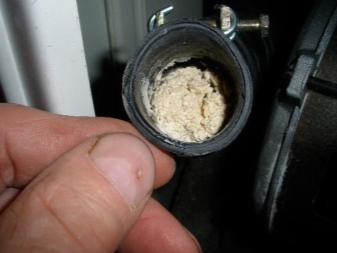
Usually, after investigating all these possible sources of malfunctions, the washing machine still manages to start after restoring the patency of pipes or replacing parts.
Other malfunctions and their elimination
Do-it-yourself repair of washing machines at home is a common practice. But if a new automatic technique often signals the source of problems, the old one requires more attention to the problem. Here you have to carefully independently study the instructions and diagrams for household appliances, dismantle the housing, shaft or counterweight, disconnect the drive and remove the buttons if they are burned out. In modern machines, the main share of breakdowns is associated with the failure of pipes and other replaceable elements. Cases when equipment cannot be repaired are extremely rare.
The drum is not spinning
Problems with the rotation of the drum of the washing machine are most often directly related to the drive belt. It can wear out over time, or it can stretch, break and move inside the case. Fault diagnosis is very simple - by pressing on the drive belt. If it gives a sag of more than 1 cm, a tension adjustment is needed. The break will also be obvious, easily noticeable when pulling - in this case, it is enough to buy the appropriate replaceable element, and then install it yourself.
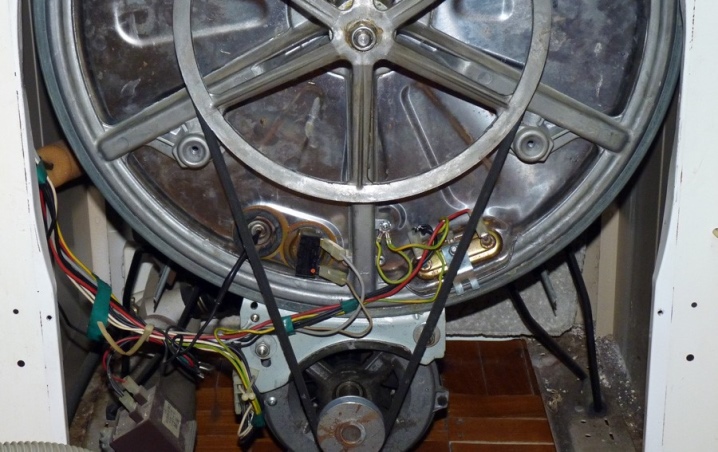
If the belt is in order, it is worth checking the motor winding. The voltage supplied to it is determined by a multimeter. If deviations from standard values are found, rewinding or replacement of the electric motor will be required.
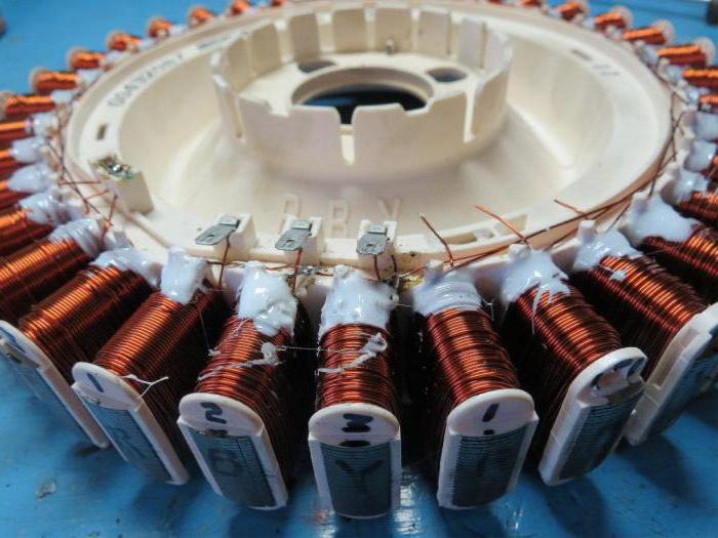
Sometimes the control module is the cause of drum spinning problems. Errors and malfunctions in it lead to the fact that the machine stops responding to the commands being given. Specialists can reprogram the unit after a failure. It is quite possible to replace a failed part yourself.
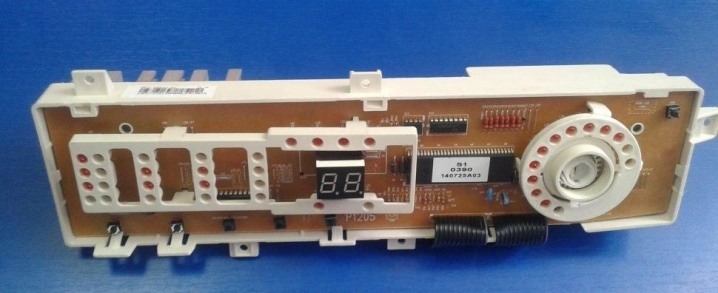
Work is carried out with the power off, with preliminary disconnection of all terminals from the connectors.
The water does not heat up
It is responsible for obtaining water of the required temperature in modern washing machines. TEN - tubular heater. During the operation of the washing machine, it may fail as a result of a short circuit, burn out, covered with scale. You can diagnose the problem by paying attention to the decrease in the cleanliness of the laundry. And also when choosing a washing mode at a temperature above +60 degrees, the door should heat up. If this does not happen, it is worth checking the health of the heating element, as well as the temperature and water level sensors.
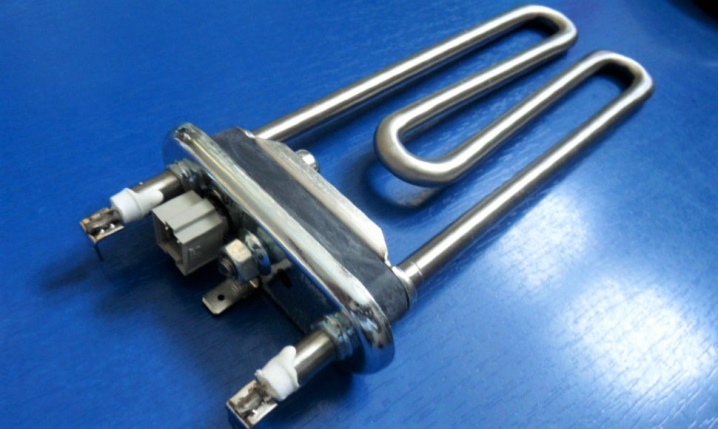
No drain
After the wash cycle has ended, the washing machine should automatically drain the water. But sometimes it doesn't. These are the most common causes of these problems.
- Lack of electricity... The fuse could have blown, or the "plugs" flew out from the power surge. Sometimes the reason is a power outage on the main line.
- Invalid mode selection. If you set the Delayed Rinse Program after the water has been filled, it will not be emptied.
- Clogged drainage system... The most vulnerable areas are considered to be directly in the drain pipe itself, as well as in the place of its bend. The blockage is cleared with standard plumbing fixtures.
- Pump failure... The pump does not work - water remains inside the machine. You will have to forcibly drain the liquid. After that, the pump is diagnosed. If it is clogged, it is enough to clean it, the burnt-out pump will have to be completely replaced.
- Electronics problems. Most often, the lack of drainage is associated with a breakdown of the timer, water level switch. The electronic display of the device will help to diagnose the breakdown more accurately.
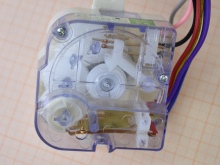
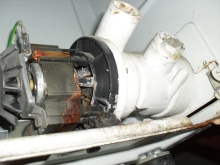
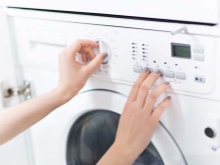
Problems with the drain system can lead to quite serious consequences. For example, a blockage can turn into a breakthrough of water, which can harm the property of neighbors. If a "plug" has formed in the sewer, the scale of the disaster will be even more serious.

Water flows from the car
Modern washing machines are almost 100% leak-proof by special systems. But in older or budget models, water spills on the floor can occur with a certain frequency. The first step in detecting a leak is to collect water. Then a dry towel or cloth is placed under the bottom, a wash cycle is started without adding laundry and powder - it will indicate the areas in which the problem is localized.
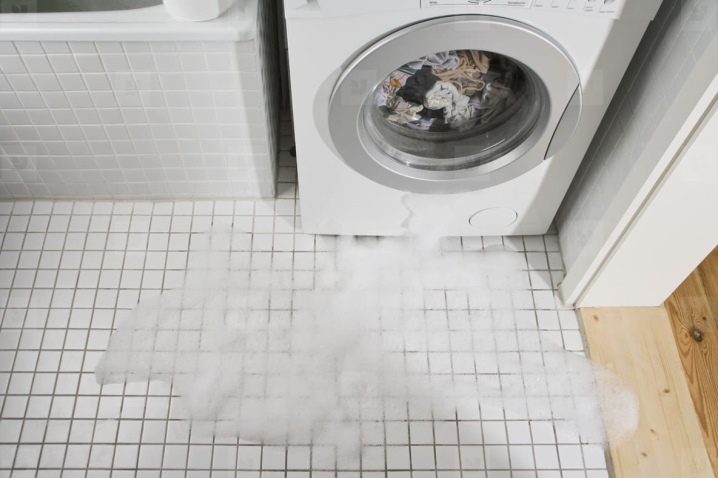
The most common causes of underbody leaks are the following:
- depressurization of the tank;
- clogging of the sewer;
- loosening of the clamp;
- loose fit of the cuff on the hatch;
- cracking of the hose.
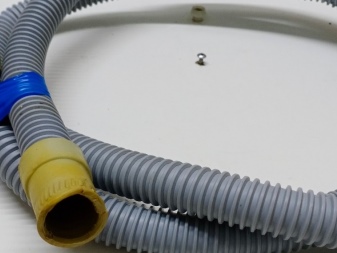

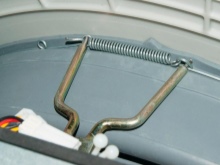
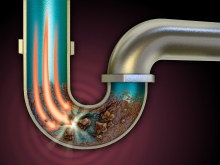
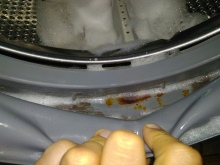
Having identified the source of the leak, it will be enough to simply eliminate it. Most of the repair work may well be done by the hands of a home craftsman.
Strong vibration
A correctly installed washing machine should not vibrate... But there are factors that may well affect its sustainability. Among the most common are overload or imbalance of the laundry in the tub. If the items to be washed are tangled, lost on one side, the technique will begin to experience overload. Similar symptoms appear when spring dampers break or counterweight mountings are loosened. If this happens, you will have to replace or adjust the elements.
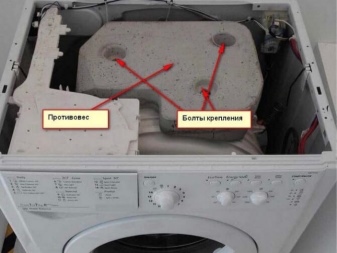
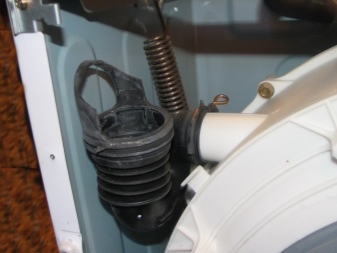
The imbalance inside the tank during spinning can also be eliminated. To do this, the machine stops, water is drained from it. Then, when the hatch is unlocked, the excess linen is distributed or removed.
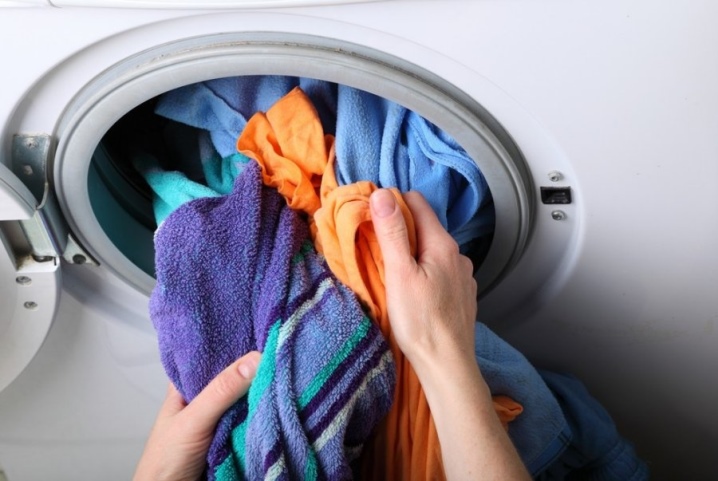
The hatch does not open
In top-loading washing machines, the lid is rarely fitted with interlocks. In front-loading models, the handle and lock are integral parts of the structure. The built-in lock opens at the end of the wash program. But sometimes the door remains closed. There may be several reasons for such a malfunction.
- Broken switch (UBL). This module will have to be replaced in the event of a breakdown.
- The water is not drained. In this case, the cause of the problem may be hidden inside the drain filter or pump. The water will have to be drained forcibly. Then the laundry is removed from the tank, additional diagnostics are carried out.
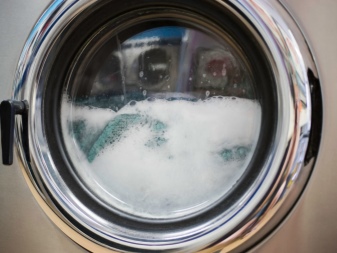
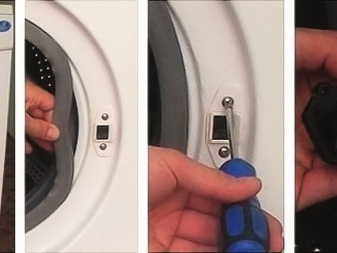
Sometimes a blocked hatch is only a signal of a much larger breakdown. When diagnosing, it is worth paying maximum attention to this component.
Extraneous sounds during washing
Sometimes the car starts to emit abnormal noises. You can hear them during washing, during the rotation of the drum. The choice of troubleshooting methods will depend on what caused them.
- Jingle of metal... May be associated with the contact of the fasteners of the garment with the drum. A strong ringing rather indicates that a coin or keys have entered the container.
- Buzz... Usually it precedes a serious breakdown - the hatch latch breaks down. To avoid jamming, it is worth taking care of the replacement in advance.
- Crackle and knock... It appears when you start the spin procedure. This sign indicates a bearing failure. They should be replaced before the shaft seizes and bends.
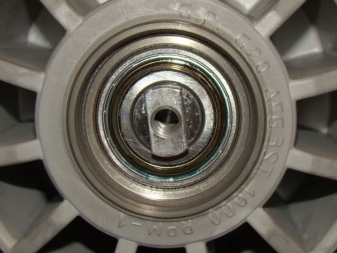

Monitoring the washing machine while it is running is a necessary safety measure. This is how you can detect the first signs of breakdowns and prevent significant repair costs.
Useful Tips
Self-repair of washing machines is a business that requires free space. If the equipment is not fixed permanently, it is better to disconnect it from the line and hoses, move it to a more convenient place. In the bathroom, during the renovation period, it is worth using absorbent napkins or oilcloth. It is better to prepare the necessary containers for small parts in advance so as not to lose them.
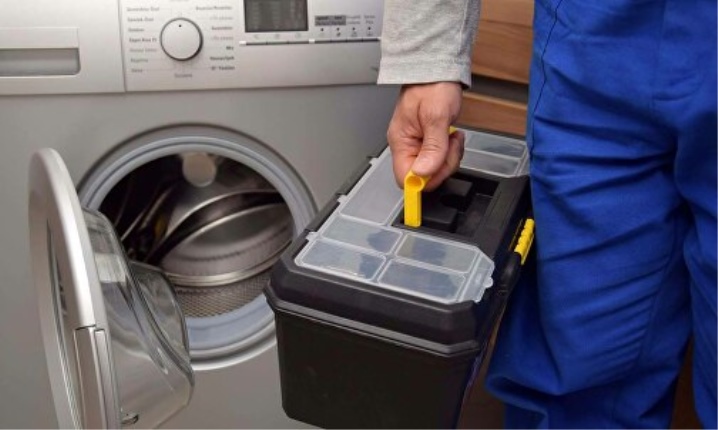
Major repairs can be avoided if the washing machine is properly maintained. There are several main recommendations.
- Periodic inspection of flexible hoses. They are replaced every 2-3 years. The harder the water, the more often such prevention will be required.
- Mandatory following instructions... Some models have features that have to be taken into account during operation.
- Compliance with the rules of loading linen... The machine will run longer without overloading.
- Using SMS containing water softeners... They will help to delay the build-up of scale inside the case, on metal parts.
- Start the longest wash cycle monthly with an anti-limescale wash. It will protect the heating element from scale.
- Cleaning the filters after each wash or at least 2 times a month. It is important to consider that this is how you can save the machine from sticking inside threads and other types of debris. Both inlet and outlet filters need to be flushed.
- Keeping the rubber seal on the sash in order. The door is left open at the end of the wash. The sealing gum is wiped dry. So it can be protected from cracking.
- Using a voltage regulator. It is necessary to eliminate and compensate for voltage surges. Large household appliances must be connected to the network through the stabilizer. This will exclude the occurrence of possible failures and breakdowns in the electronics.
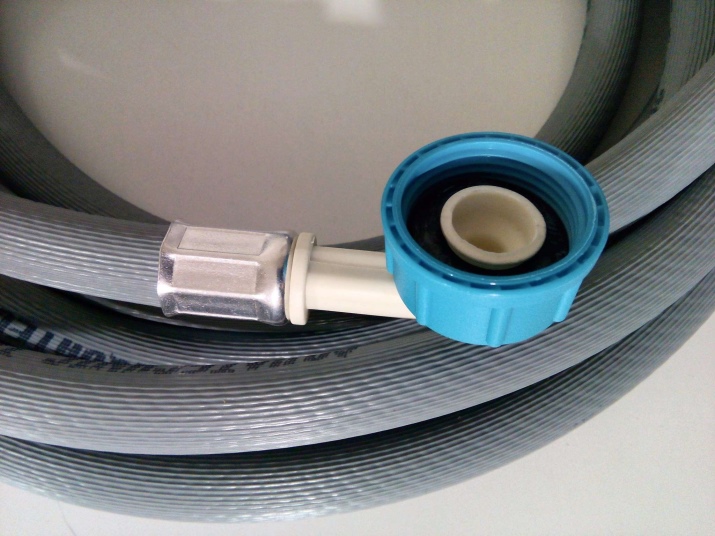
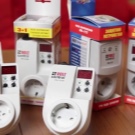
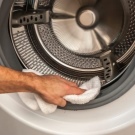



By following these tips, you can significantly extend the life of your washing machine. Regular maintenance will prevent blockages and will have a beneficial effect on the general condition of the household appliance.














The comment was sent successfully.